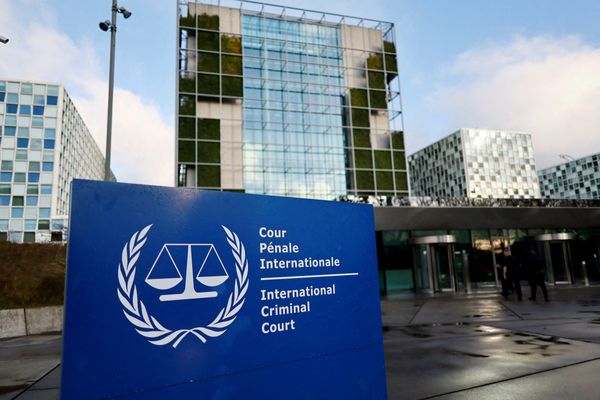
PM2.5 dust pollution appears to be worse. Not only worse than during almost three years of the Covid-19 pandemic but in previous years as well.
Regardless of efforts, budget, and policies, forest fires continue to be the main source of PM2.5 in Bangkok and other parts of the kingdom, with no sign of improvement. Meanwhile, instead of seeing a clear sky after winter, the pollution problem may only get worse until the arrival of the rainy season in May unless concerted actions are promptly taken by relevant agencies.
It appears that the Ministry of Natural Resources and Environment -- particularly the Department of National Parks, Wildlife and Plant Conservation -- is the only state agency currently tasked to control forest fires which have been raging in several national parks and wildlife sanctuaries. Hundreds of firefighters have been risking their lives to combat the forest fires, each armed with a backpack water pump but without any protective gear. Occasionally, there are helicopters from the ministry conducting water bombing operations against fires in inaccessible mountainous areas.
Natural Resources and Environment Minister Varawut Silpa-archa made a valid point recently that other state agencies, besides his ministry, must get in on the act to address the PM2.5 problem.
He is right.
The problem is the outcome of various factors -- forest fires, the burning of farm waste on lands under the jurisdiction of the Ministry of Agriculture and Cooperatives, factories under the Ministry of Industry and vehicles under the Ministry of Transport and the Ministry of Interior. Barely any effort has been exercised by the Ministry of Industry, which is responsible for overseeing sugar mills and controlling sugarcane burning. Little effort has likewise been evident from the Ministry of Interior over fires in forest reserves.
According to Mr Varawut, many farmers in nine lower northern provinces are still actively engaged in burning their farm waste. Yet, little has been done by the Ministry of Agriculture to order or educate the farmers to end this practice. Meanwhile, society has yet to see the Department of Factories come out to control factories' emissions during the haze season.
Meanwhile, society and critics blame the farm sector for much of the problem -- especially the lucrative sugar cane industry, despite the government digging deep to offer financial subsidies so to incentivise sugarcane farmers not to conduct sugarcane burning before harvesting.
Last year, the cabinet reportedly approved about 8.3 billion baht for sugarcane farmers to stop sugarcane burning so to reduce PM2.5. The cabinet also approved a 6 billion baht low-interest loan through the Bank of Agriculture and agricultural cooperatives for sugarcane farmers to develop water resources and improve harvesting machinery.
Yet, extensive sugarcane burning continued unabated this harvest season, beginning on Dec 1.
Government and responsible agencies owe public explanations on how the budget is being spent and used, especially as burning from the sugarcane sector hasn't diminished while farmers are given financial subsidies aimed at reducing it.
The National Environment Board (NEB) is scheduled to discuss the problem tomorrow, and it can only be hoped that concerted action will follow in the form of the mobilising of resources to control the sources of the PM2.5, be it exhaust fumes, forest fires or sugarcane and farm waste burning.







